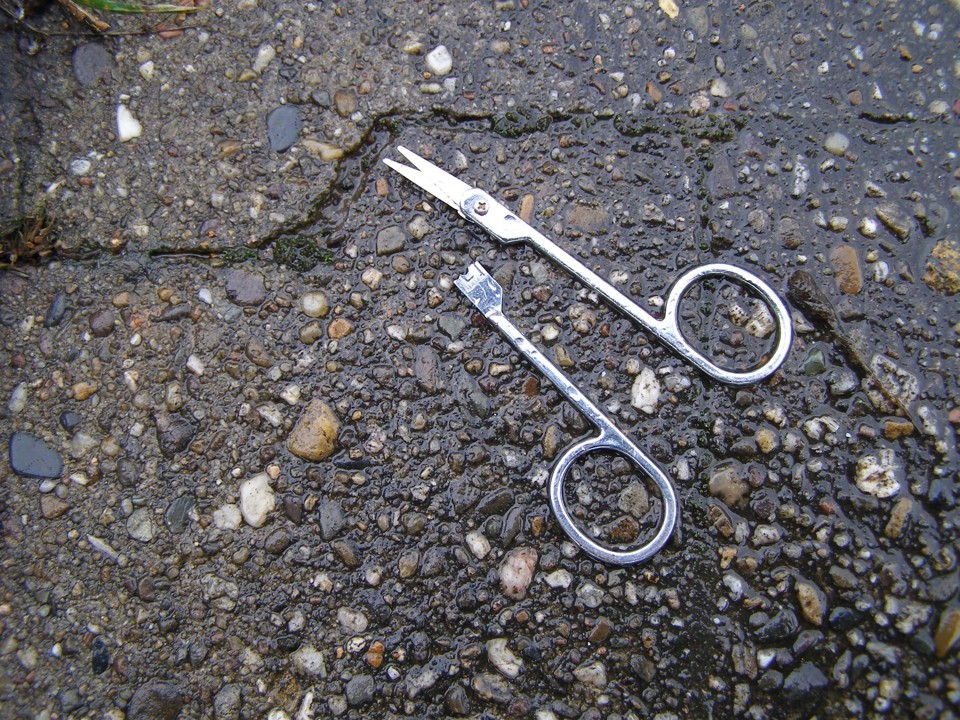Patients Unsure about the Value of Cutting-Edge Gene-Editing Technology CRISPR
Marlene Breverman stashed this in CRISPR
Some affected groups are still weighing the potential benefits and threats of deploying such interventions for medical care

Stashed in: CRISPR
CRISPR is not ready for prime time and when it is it's unclear if people will want to use it.
The revolutionary gene-editing technology poised to reshape how researchers attack and prevent disease yesterday received a lukewarm reception from patient groups. Representatives from several patient advocacy organizations gathered in Washington, D.C., at a public meeting on gene editing to discuss if they would want researchers to one day tap this technology—first in the laboratory but eventually in the clinic—in an effort to prevent or treat serious inherited maladies including muscular dystrophy, cystic fibrosis and sickle-cell disease.
“We are not one advocacy or affected community,” said Sharon Terry, the president and CEO of Genetic Alliance and a member of the National Academies of Sciences, Engineering and Medicine panel that organized the meeting. Terry pointed to an earlier survey she conducted among more than 1,000 people in the patient community that pointed to human gene-editing opinions ranging from “What is gene editing?” to “Hell yes!”
Patients and their families are wrestling with these questions because new, powerful gene-editing techniques such as CRISPR–Cas9 allow researchers to make targeted changes in DNA much more easily than ever before. Such deletions or corrections could be made to either somatic cells or to the human germ line—eggs, sperm or embryos. Yet any tinkering with the germ line remains particularly controversial because such alterations would be passed down to future generations so any mistakes could inadvertently be introduced into a family’s gene pool.










6:21 PM Feb 16 2016